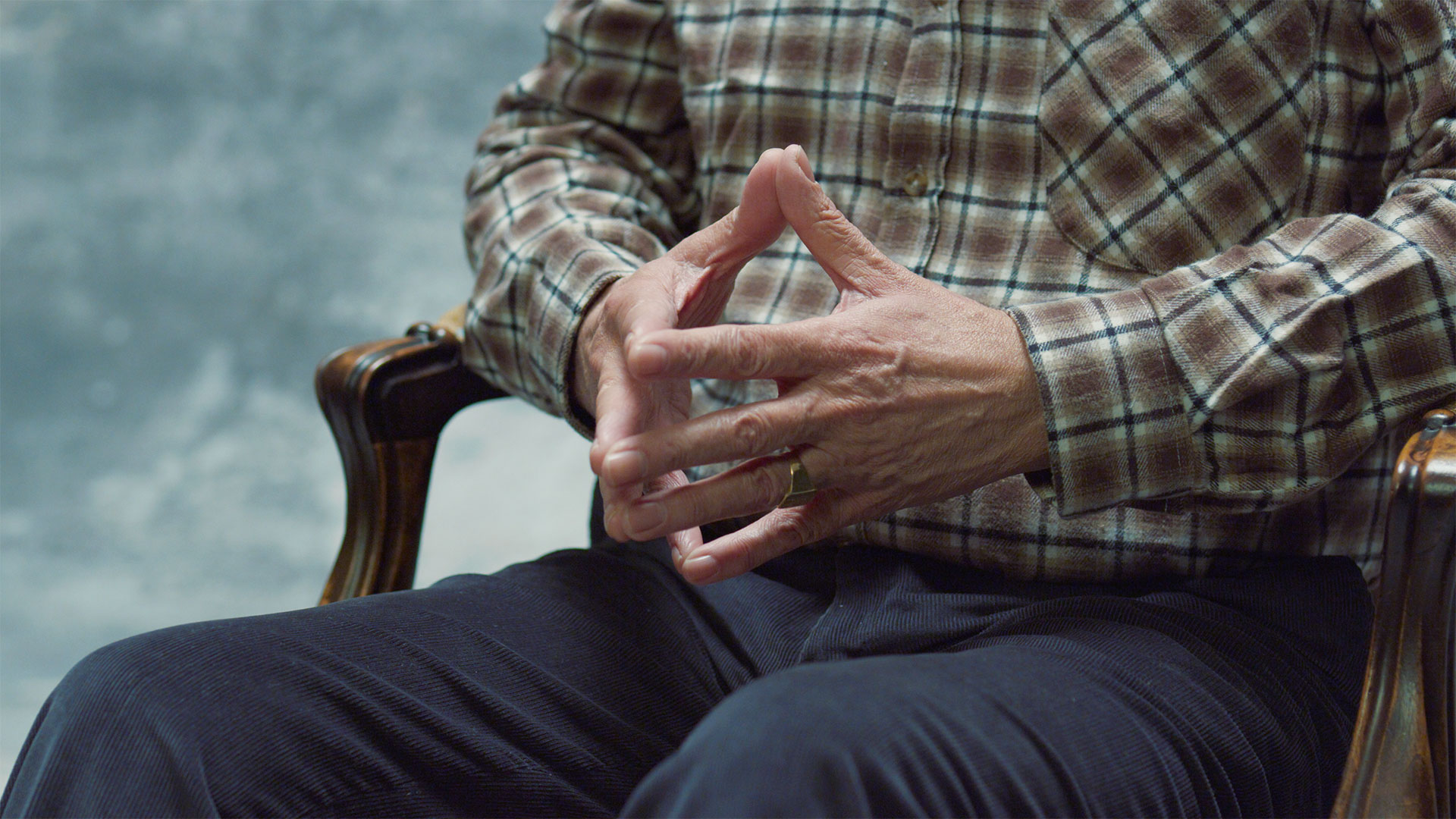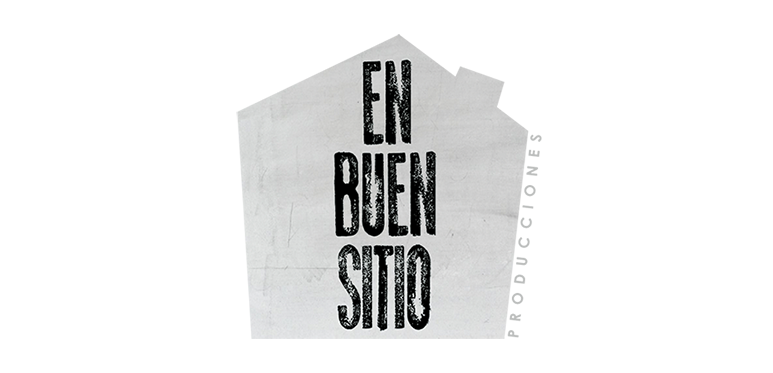Navarra inmaterial – Nafarroa inmateriala
Credits ↴
Book ↴
® All rights reserved 2021
Navarra inmaterial – Nafarroa inmateriala
Credits ↴
Book ↴
® All rights reserved 2025
San Miguel de Aralar
Aralarko San Miguel
San Miguel of Aralar
CAST
|
EUS
|
ENG
Ritos
Narrativa
Erritu
Narratiba
Rites
Narrative
Etxarri Aranaz
Francisco Javier Betelu Ayerbe
Francisco Javier Betelu Ayerbe
Etxarri Aranatz
Francisco Javier Betelu Ayerbe
Francisco Javier Betelu Ayerbe
Etxarri Aranaz
Francisco Javier Betelu Ayerbe
Francisco Javier Betelu Ayerbe
“Nací en el actual Monasterio de Zamarze -Huarte Araquil- y al lado vivían los arrieros. Subían todos los días con los caballos con la comida y correspondencia. Subí por primera vez sin saber andar, en un mulo. Allí vi la imagen por primera vez del dragón”.
Cuenta Francisco Javier que es una leyenda que habla del perdón y de la Fe. La imagen única en el mundo y las cadenas están allí, historia o leyenda, lo deja a la elección: Eran tiempos de guerra y Teodosio de Goñi volvía del frente y cometió un grave crimen. Confesó y se le impuso la penitencia de vivir fuera de toda población, llevando una gruesa cadena ceñida al cuello hasta el día en que la cadena quedara rota. Un día del año 714, tras siete años, cerca de una sima apareció un dragón. Teodosio se encomendó a San Miguel y el arcángel descendió del cielo, portando sobre su cabeza una cruz, aniquiló al dragón y rompió las cadenas de Teodosio.
Lugar de peregrinación desde el siglo XII con la llegada de la reliquia de la cruz en el año 1099 traída por el infante Ramiro de la primera cruzada. A lo largo del año unas doscientas mil personas suben al santuario. Su retablo, obra maestra del esmalte europeo, fue robado por el famoso Eric "El Belga" en 1979, aunque se recuperaron casi todos los dieciocho medallones y piedras preciosas sustraídos.
“Egun Zamartzeko monasterioa denean jaio nintzen, Uharte Arakilen, eta ondoan mandazainak bizi ziren. Zaldian igotzen ziren egunero, janaria eta gutunak eramaten zituzten. Igo nintzen lehenengo aldian ez nekien ibiltzen, eta mandoan igo nintzen. Bertan, dragoiaren irudia ikusi nuen lehenbiziko aldiz”.
Francisco Javier dioenez, barkamenari eta fedeari buruzko kondaira da. Munduan bakarra den irudia eta kateak bertan daude; historia edo kondaira, norberaren aukeran uzten du: Gerra-garaia zen eta Teodosio Goñikoa frentetik bueltatu zen, eta krimen larria egin zuen. Aitortu egin zuen, eta herri guztietatik kanpo bizitzeko penitentzia ezarri zitzaion; katea hautsi arte egon beharko zuen horrela eta kate lodi bat eraman beharko zuen lepoari lotuta. 714ko egun batean, zazpi urteren buruan, leize batetik gertu herensuge bat agertu zen. Teodosio San Migeli gomendatu zitzaion, eta arkanjelua zerutik jaitsi zen, buru gainean gurutze bat zeramala. Herensugea deuseztatu eta Teodosioren kateak hautsi zituen.
San Bartolomeren prozesioa eta San Agustinena –agustindar errekoletoen patroia– herriko festen parte dira. Prozesioaz gain, agustindar errekoletoen komentuan meza ematen da.
Erromesaldigunea da XII. mendeaz geroztik, 1099. urtean Ramiro infanteak lehenengo gurutzadan ekarri zuen gurutzearen erlikia iritsi zenetik. Urtero 200.000 lagun inguru igotzen dira santutegira. Bertako erretaula, europar esmalteko maisulana, Eric “Belgiar” ospetsuak lapurtu zuen 1979an, baina ostutako ia 18 medailoi eta harribitxi guztiak berreskuratu ziren.
“I was born in the current Zamarce Monastery – Huarte-Araquil – and the muleteers lived next door. They would come up every day with the horses loaded with food and mail. I came up for the first time on a mule, when I didn’t walk yet. There, I saw the dragon for the first time.”
Francisco Javier says it is a legend about forgiveness and faith. The image, the only one in the world, and the chains are there. History or legend, that’s for you to decide: There was a war and Teodosio de Goñi committed a heinous crime when coming back from the front. He confessed and was sentenced to live away from any town, carrying on his neck a thick chain until the day that chain would break. One day of year 714, after seven years, a dragon appeared close to a gorge. Teodosio put himself in the hands of St. Michael and the archangel descended from heaven with a cross over his head, killed the dragon and broke Teodosio’s chains.
A pilgrimage site since the 12th century when the infante Ramiro brought the relic of the cross in 1099 from the First Crusade. Approximately 200,000 people go up to the sanctuary throughout the year. Its retable, a masterpiece of European enamel, was stolen by the infamous Eric "The Belgian" in 1979, although almost all the eighteen medallions and gemstones stolen were recovered.
Ver detalles:

1



